Richard Forster
Hybrid Quantum Classical Graph Neural Networks for Particle Track Reconstruction
Sep 26, 2021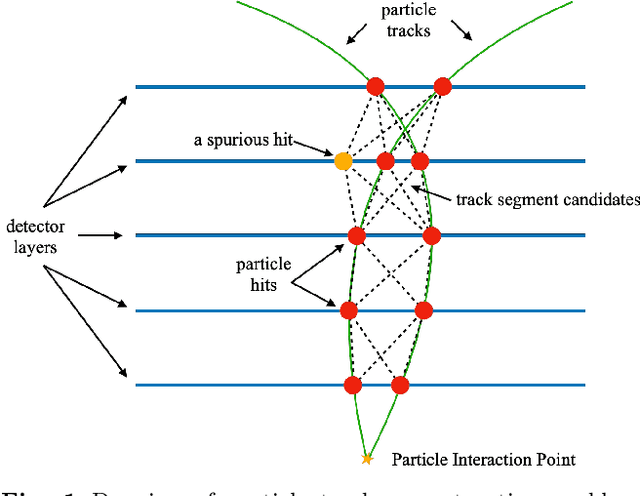
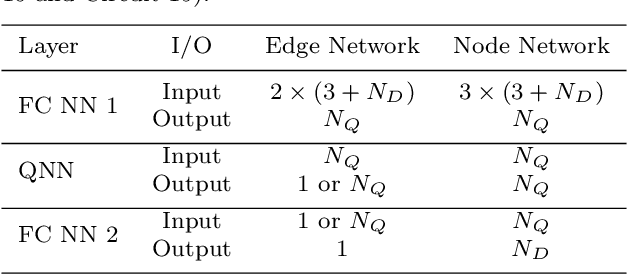
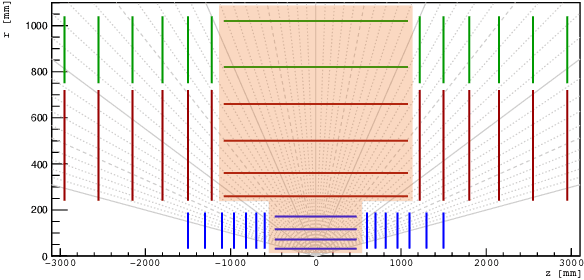
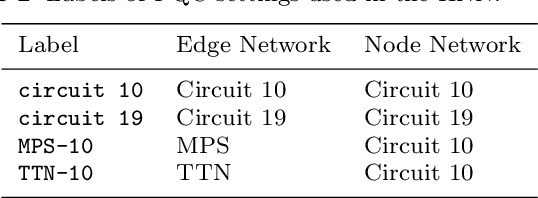
Abstract:The Large Hadron Collider (LHC) at the European Organisation for Nuclear Research (CERN) will be upgraded to further increase the instantaneous rate of particle collisions (luminosity) and become the High Luminosity LHC (HL-LHC). This increase in luminosity will significantly increase the number of particles interacting with the detector. The interaction of particles with a detector is referred to as "hit". The HL-LHC will yield many more detector hits, which will pose a combinatorial challenge by using reconstruction algorithms to determine particle trajectories from those hits. This work explores the possibility of converting a novel Graph Neural Network model, that can optimally take into account the sparse nature of the tracking detector data and their complex geometry, to a Hybrid Quantum-Classical Graph Neural Network that benefits from using Variational Quantum layers. We show that this hybrid model can perform similar to the classical approach. Also, we explore Parametrized Quantum Circuits (PQC) with different expressibility and entangling capacities, and compare their training performance in order to quantify the expected benefits. These results can be used to build a future road map to further develop circuit based Hybrid Quantum-Classical Graph Neural Networks.
Hierarchical clustering with deep Q-learning
May 28, 2018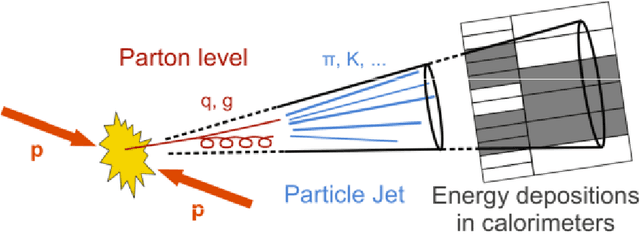

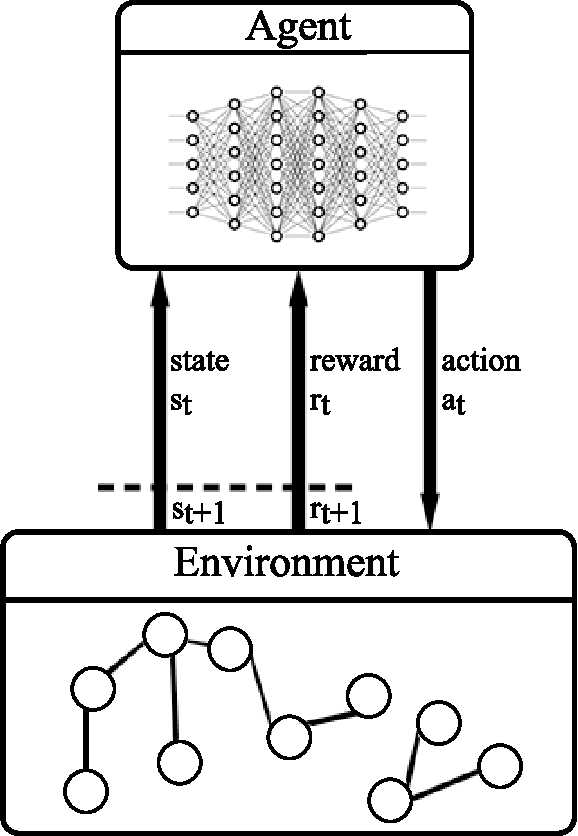

Abstract:The reconstruction and analyzation of high energy particle physics data is just as important as the analyzation of the structure in real world networks. In a previous study it was explored how hierarchical clustering algorithms can be combined with kt cluster algorithms to provide a more generic clusterization method. Building on that, this paper explores the possibilities to involve deep learning in the process of cluster computation, by applying reinforcement learning techniques. The result is a model, that by learning on a modest dataset of 10; 000 nodes during 70 epochs can reach 83; 77% precision in predicting the appropriate clusters.
 Add to Chrome
Add to Chrome Add to Firefox
Add to Firefox Add to Edge
Add to Edge